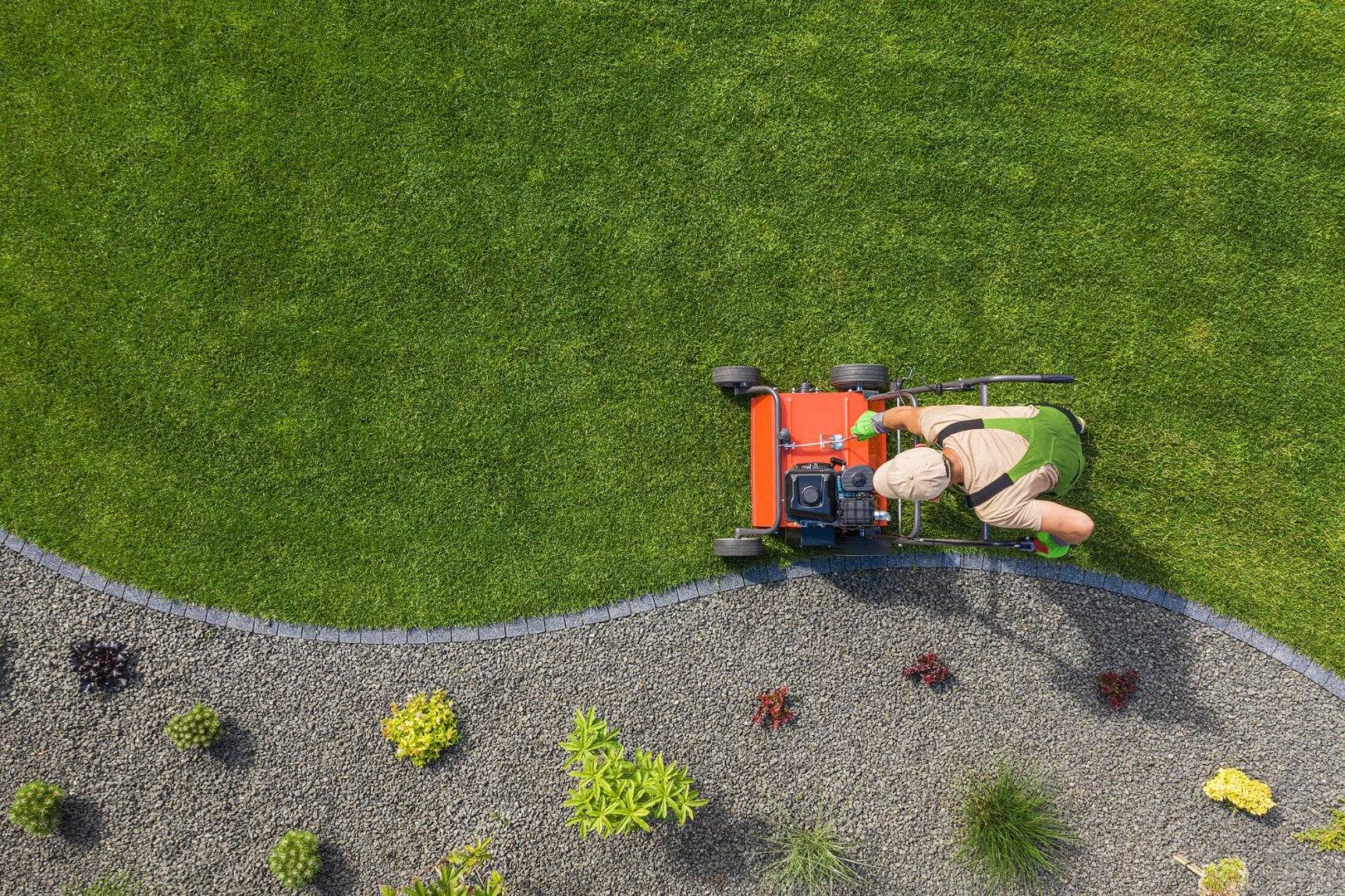Establishing a landscape that not only decorates your house and also nurtures wildlife is more important. As people look to their gardens for rest and pleasure, there's a increasing desire to create environments that invite birds and insects. Adding components that accommodate these animals not just enhance the appearance of your property but also contributes to the health of local ecosystems.

In this article, we will discuss the craft of landscaping for wildlife, analyzing how the right design elements can integrate nature nearer to home. Starting with picking native plants to creating water features, we will delve into hands-on tips and green practices that help develop a productive habitat for birds and pollinators. No matter if you are a seasoned gardener or a beginner, you'll find important insights that make your outdoor space into a haven for wildlife, fostering a dynamic and biodiverse environment.
The Benefits of Skilled Landscaping
Putting money in expert landscaping can significantly enhance the ornamental appeal of your property. A well-designed landscape not just beautifies your outdoor space but also creates a friendly atmosphere for both residents and visitors. Experienced landscapers have the experience and expertise to select flora and design layouts that match the look of your home or business, ensuring a cohesive and appealing appearance.
One more advantage of hiring a landscaping service is the utility it brings to your outdoor space. Experts know how to create practical areas that suit your lifestyle needs, whether it’s a space for socializing, relaxing, or landscaping. They also have the tools and knowledge necessary to implement features such as sprinkling systems, lighting, and pathways that enhance usability while maintaining the beauty of your yard.
In addition, skilled landscaping can increase the value of your property. Homes and businesses with carefully tended landscapes are often more appealing to potential buyers, and studies have shown that quality landscaping can lead to higher appraisal values. This investment not only improves your immediate enjoyment of the space but also gives long-term financial benefits, making it a smart choice for homeowners and property managers alike.
Eco-friendly Landscaping Methods
Eco-friendly landscaping is concerned with creating a garden that not only enhances beauty but also supports the ecosystem. By using native plants, which are tailored to the local climate and soil conditions, homeowners can create a thriving ecosystem that requires minimal water and minimal maintenance. Indigenous plants provide important habitats for local wildlife, including birds and pollinators, making your garden a haven for these species. This approach reduces the requirement for chemical nutrients and pesticides, fostering healthier soil and flora in your yard.
Incorporating water-efficient practices is an additional cornerstone of eco-friendly garden design. Strategies such as xeriscaping emphasize designing landscapes that require low irrigation, helping conserve water. Creating rain gardens and permeable paving can efficiently manage stormwater runoff, preventing soil erosion and lowering the risk of flooding. By designing for optimal water use, homeowners not only contribute to environmental sustainability but also reduce on water bills over time.
Furthermore, embracing eco-friendly resources and maintenance practices supports a healthier planet. For instance, using organic fertilizers and natural pest control techniques can boost plant health without introducing toxic chemicals into the environment. Recycling yard waste enriches the soil and minimizes the need for synthetic products. By prioritizing these eco-friendly methods, you can create a stunning garden that thrives while favorably impacting local ecosystems and creating a greener future.
Attracting Animals to Your Yard
Building a wildlife-friendly garden starts with selecting the best plants that offer nourishment, shelter, and nesting areas for various species. Select native plants that are adapted to your local environment and soil, as these will attract local avian species, honeybees, and moths more successfully than foreign varieties. Incorporating a varied range of flowering plants will ensure you have blooms throughout the year, supplying essential resources for bees and butterflies whenever they visit.
Along with plant selection process, contemplate adding elements like birdhouses, bat boxes, and bee habitats into your garden design. Garden Maintenance North Yorkshire create protected areas for wildlife to nest and can assist boost species variety in your garden. Water sources, such as water dishes or little ponds, not only beautify the appearance of your garden but also offer an vital resource for wildlife and other creatures, especially during times of dryness.
Ultimately, minimizing chemical use and choosing eco-friendly gardening practices will create a more sustainable habitat for helpful insects and wildlife. By utilizing a green approach to garden care, you can assist sustain the local environment while appreciating the rich life that flourishes in your yard. Creating a welcoming habitat for wildlife not only enhances wildlife diversity but also increases the overall enjoyment and aesthetic of your landscape.
